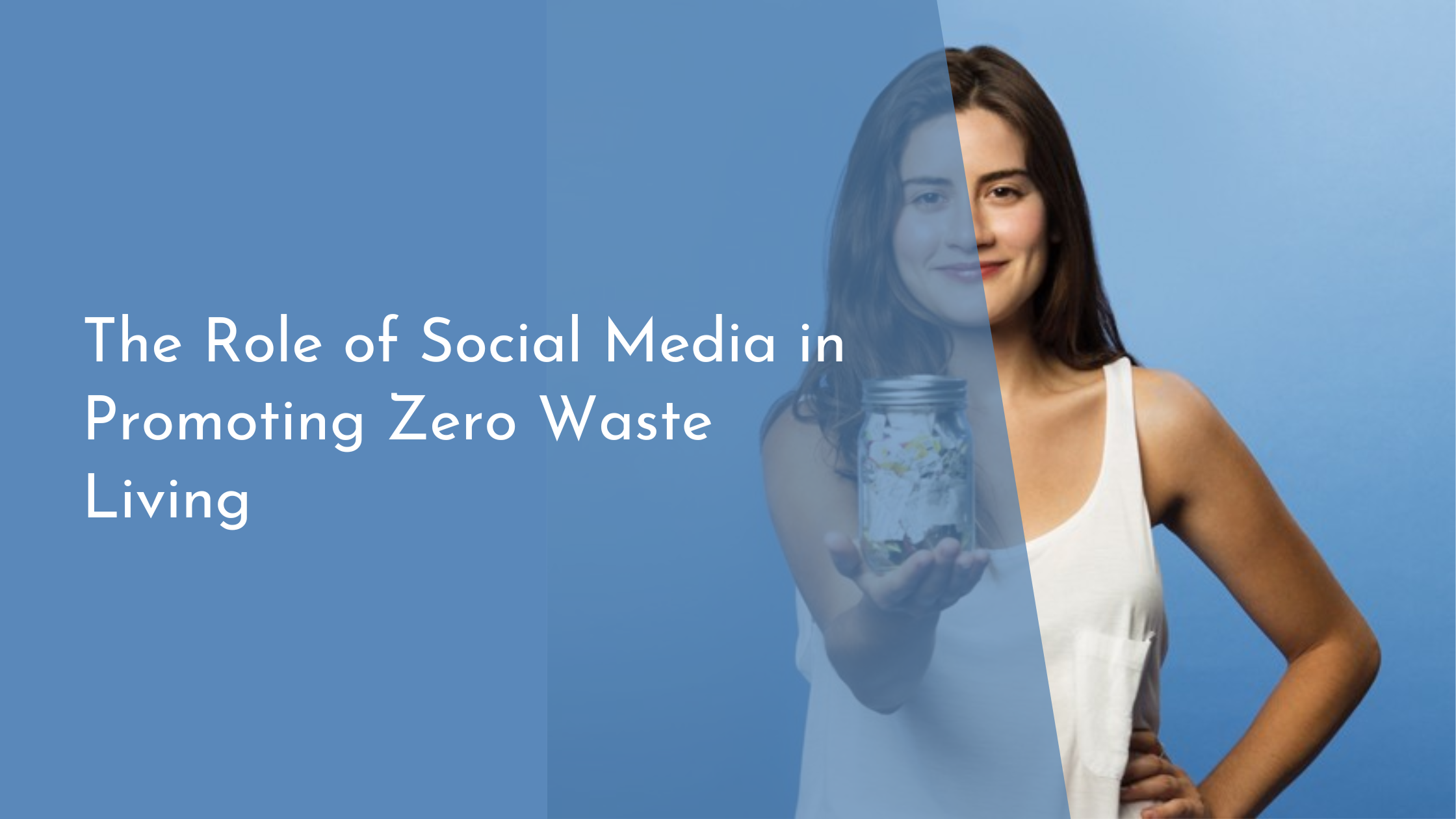The Role of Social Media in Promoting Zero Waste Living
In an era where sustainability has become more critical than ever, the zero waste living movement has garnered significant attention. This lifestyle choice, focused on minimizing waste and maximizing the responsible use of resources, empowers individuals to contribute to a healthier planet. Social media has emerged as a powerful tool in championing this cause, offering a platform for education, inspiration, and community building. By exploring the role of social media in promoting zero waste living, we can better understand its impact on lifestyle choices and the creative ways it influences our everyday actions.
Understanding Zero Waste Living Movement
The zero waste living movement is rooted in the principle of reducing waste to the point where little to nothing is sent to landfills. This ethos encourages individuals to rethink their consumption habits, reduce their reliance on single-use products, and seek out sustainable alternatives. At its core, zero waste living prioritizes the 5Rs: Refuse, Reduce, Reuse, Recycle, and Rot (composting). These guidelines serve as a blueprint for those who wish to align their lifestyle with environmental sustainability.
Historically, the zero waste movement remained a niche lifestyle choice, often perceived as challenging and inaccessible to the average consumer. However, social media has played an instrumental role in democratizing access to information about zero waste practices. By sharing tips, success stories, and practical advice, advocates have made the movement more approachable and achievable for a broader audience. This widespread dissemination of knowledge has encouraged people from diverse backgrounds to embrace zero waste living as a feasible and rewarding endeavor.
How Social Media Influences Lifestyle Choices
Social media platforms have the unique ability to shape lifestyle choices through visual storytelling and community engagement. Influencers and content creators often document their zero waste journeys, offering followers a glimpse into the practical application of sustainable practices. These real-life examples serve as a compelling call to action, encouraging audiences to reassess their consumption habits and consider adopting more sustainable alternatives.
Additionally, social media fosters a sense of community among those interested in zero waste living. Online groups and forums offer spaces for individuals to share experiences, ask questions, and provide support. This sense of belonging can be highly motivating, as people are more likely to adopt new behaviors when they feel part of a collective effort. By connecting like-minded individuals, social media platforms help normalize zero waste practices and encourage widespread adoption.
Popular Platforms for Zero Waste Advocacy
Instagram has emerged as a leading platform for zero waste advocacy, thanks to its visual-centric nature. Content creators utilize imagery to showcase aesthetically pleasing and functional zero waste alternatives, such as reusable products and DIY solutions. Hashtags like #ZeroWaste and #PlasticFree provide a searchable archive of posts, making it easy for users to find inspiration and resources tailored to their interests.
Meanwhile, YouTube offers a more in-depth exploration of zero waste living through video content. Many creators share tutorials, product reviews, and day-in-the-life vlogs that provide viewers with detailed insights into sustainable practices. The platform’s long-form content allows for thorough discussions on the challenges and benefits of zero waste living, helping to educate and empower audiences worldwide. By leveraging the strengths of each platform, advocates can reach diverse audiences and inspire meaningful change.
Creative Content Driving Zero Waste Awareness
Innovative content strategies have been pivotal in driving zero waste awareness on social media. Content creators often employ humor, storytelling, and creative visuals to engage their audience and communicate key messages. By making sustainability relatable and entertaining, they can capture the attention of individuals who might not otherwise be interested in environmental issues. This approach not only raises awareness but also encourages users to integrate zero waste practices into their daily lives.
Moreover, collaborations between influencers and brands have further amplified the reach of zero waste advocacy. Many companies are now partnering with content creators to promote eco-friendly products and initiatives. These collaborations help bridge the gap between awareness and action, providing consumers with tangible solutions to align their purchases with their values. As more brands embrace sustainability, the presence of zero waste content on social media continues to grow, inspiring greater participation in the movement.
Social media’s role in promoting zero waste living is undeniable. It has transformed what was once a niche lifestyle into a mainstream movement by making sustainable practices accessible, engaging, and achievable for individuals worldwide. As platforms continue to evolve and expand their reach, they will undoubtedly play an even greater role in shaping the future of zero waste living. By harnessing the power of social media, we can all contribute to a more sustainable world, one hashtag at a time.

